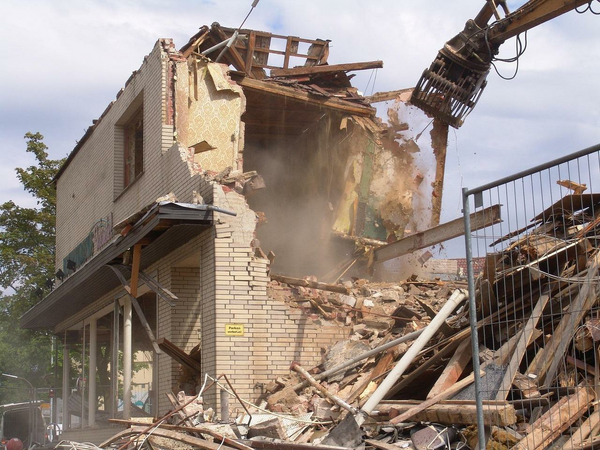
It was announced last week that the UK will finally trigger Article 50 on the 29th of March with the EU set to hold the first Brexit summit one month later. But what does leaving the EU mean for a nation obsessed with the property market? A number of people cited their reason for voting for Brexit as the country’s soaring house prices.
House prices may have been at the forefront of the Brexit debate prior to the referendum and former chancellor George Osborne even suggested that the values of homes in the UK would drastically fall if the referendum voted in favour of leaving the EU.
Of course, the nation did vote leave, however, residential prices have continued to rise following the turn of the year and as a result, property sales are slowing. In fact, the Open Property Group forecasts that the number of homes sold in 2018 will fall by roughly 16% compared to 2017.
In March last year, there was some 172,760 houses sold and no month since has managed to match such a high figure with January the closest at 104,000. Coincidentally, figures from the Land Registry suggest that the average price of a home in the UK increased by 0.8% in January compared with December and were up 6.2% from January 2016.
This means that the average value of a home in the UK is now £218,255. And with just a week until Article 50 is triggered, house prices are currently bullet proof with the average buyer paying £13,000 more to own home now, than this time last year.
At the end of February, the Nationwide Building Society put the increase of average house prices at 4.5% last year which is almost twice the rate at which wages are rising and prices will only continue to rise.
Unsurprisingly, London experienced the greatest monthly price growth in January with an increase of 3% to £490,718. Though, that does spell good news for some.
A sharp 17% fall against the pound sparked a huge surge of interest from overseas buyers in the capital’s commercial property market as buyers from abroad seek a bargain, with the fall effectively giving those buying in US Dollars a de facto 10% discount.
The London market is looking somewhat indestructible and is certainly benefitting from the fall in Sterling.
Likewise, the less wealthy North East of England saw a low annual price growth of a modest 2.2% which means the local average there is now £123,781. Brexit is not the only reason to blame for house price growth, however. Part of the reason for such growth is down to a low supply of housing on the market.
Housebuilders are increasingly failing to meet the demand from prospective buyers which has cause a housing crisis.
Recent months may have suggested that the market is slowly moving forward, though that momentum has now slowed as the level of property transactions come to a halt.
Though, it may not be all bad news for the property market and once Brexit has concluded and the dust has settled, we may see a fall in house prices, something which everyone can agree is long overdue.[vc_row][vc_column][vc_separator][vc_column_text]
Find Property for Sale in London and the Surrounding Area:
[/vc_column_text][vc_row_inner][vc_column_inner width=”1/3″][vc_column_text]- Property for Sale Barnet
- Property for Sale Bexley
- Property for Sale Brent
- Property for Sale Bromley
- Property for Sale Camden
- Property for Sale Chelsea
- Property for Sale Croydon
- Property for Sale Ealing
- Property for Sale Enfield
- Property for Sale Fulham
- Property for Sale Greenwich
- Property for Sale Hackney
-
- Property for Sale Hammersmith
- Property for Sale Haringey
- Property for Sale Harrow
- Property for Sale Havering
- Property for Sale Hillingdon
- Property for Sale Hounslow
- Property for Sale Islington
- Property for Sale Kensington
- Property for Sale Kingston
- Property for Sale Lambeth
- Property for Sale Lewisham
- Property for Sale London




 POSTED BY
POSTED BY 

